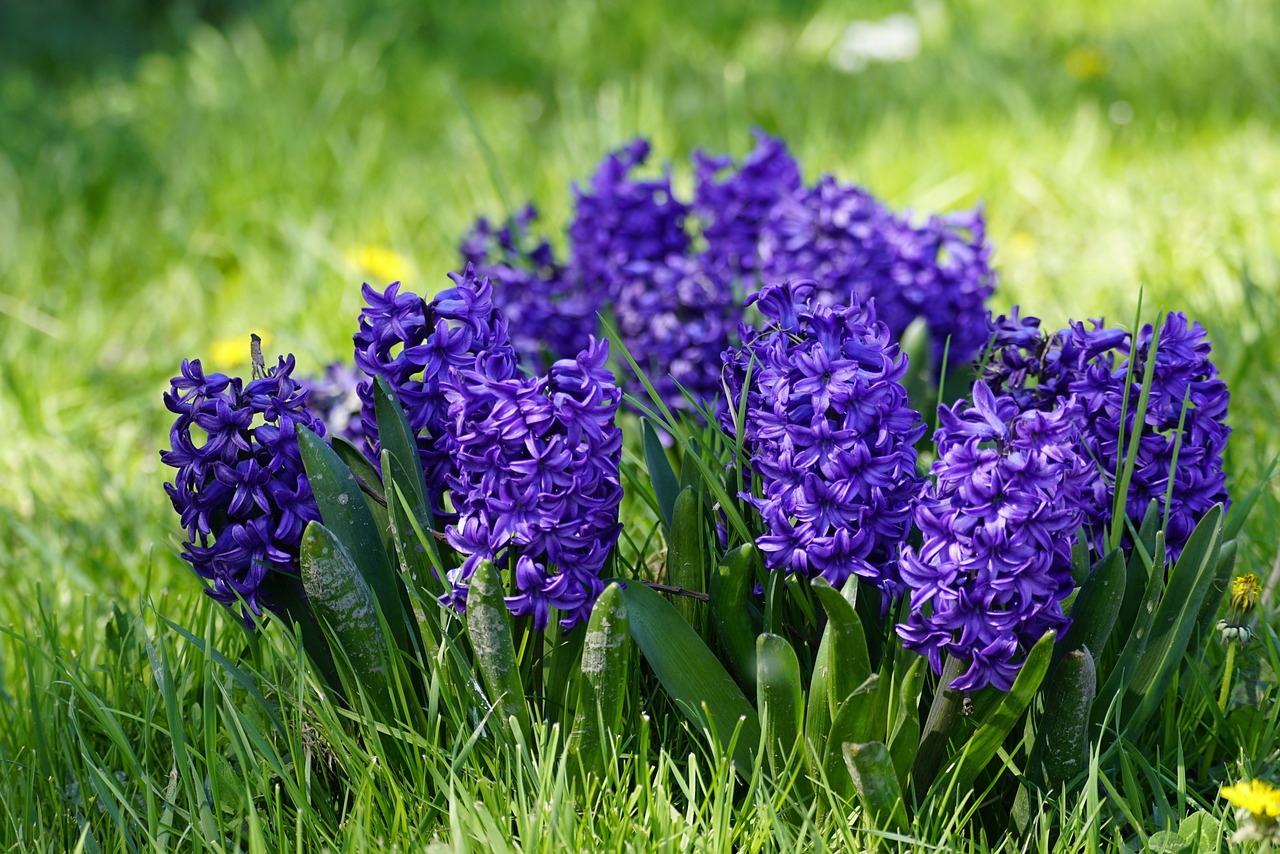
As autumn’s chill begins to settle in, gardeners across the country start dreaming about the vibrant blooms of spring. The secret to a garden bursting with color come springtime? Planting bulbs in the fall! This annual ritual isn’t just about preparing your garden for the coming months; it’s about ensuring that your spring garden will be the envy of the neighborhood. But which bulbs are the best to plant this fall for a truly spectacular spring display? Let’s dive into the top 15 choices that will guarantee your garden’s success.
Why Plant Bulbs in Fall?
Planting bulbs in the fall might seem like a daunting task, but it’s actually one of the best things you can do for your garden. Here’s why:
Seasonal Timing
Bulbs require a period of cold to stimulate their growth cycle. Fall planting allows bulbs to experience the necessary cold temperatures to initiate blooming in the spring. This natural chilling period is crucial for a healthy bloom.
Easy Preparation
Most fall-planted bulbs are low-maintenance. Once in the ground, they need minimal attention, making them perfect for busy gardeners who want to enjoy a stunning garden with minimal effort.
Spring Surprises
By planting now, you’re setting the stage for a garden that wakes up with a burst of color and life. Imagine stepping out into your garden after a long winter and being greeted by a kaleidoscope of flowers!
Top 15 Bulbs to Plant This Fall
Ready to transform your garden come spring? Here are the 15 best bulbs to plant this fall for a gorgeous spring garden:
1. Tulips
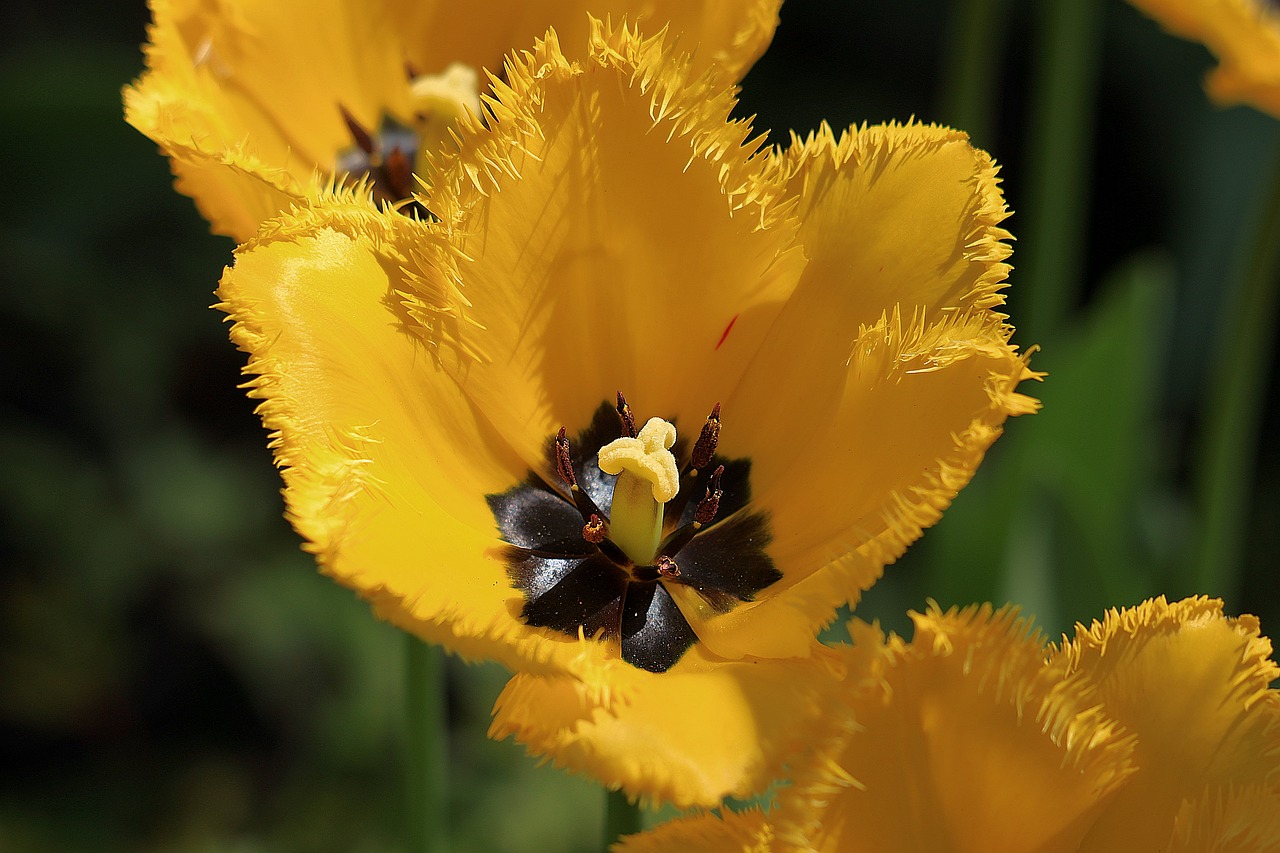
Why They’re Special: Tulips are the quintessential spring flower, known for their striking, cup-shaped blooms. Available in almost every color of the rainbow, tulips offer endless possibilities for springtime displays.
Planting Tips: Choose a sunny spot with well-drained soil. Plant tulip bulbs 6-8 inches deep and 4-6 inches apart. They prefer a bit of winter chill to thrive.
2. Daffodils
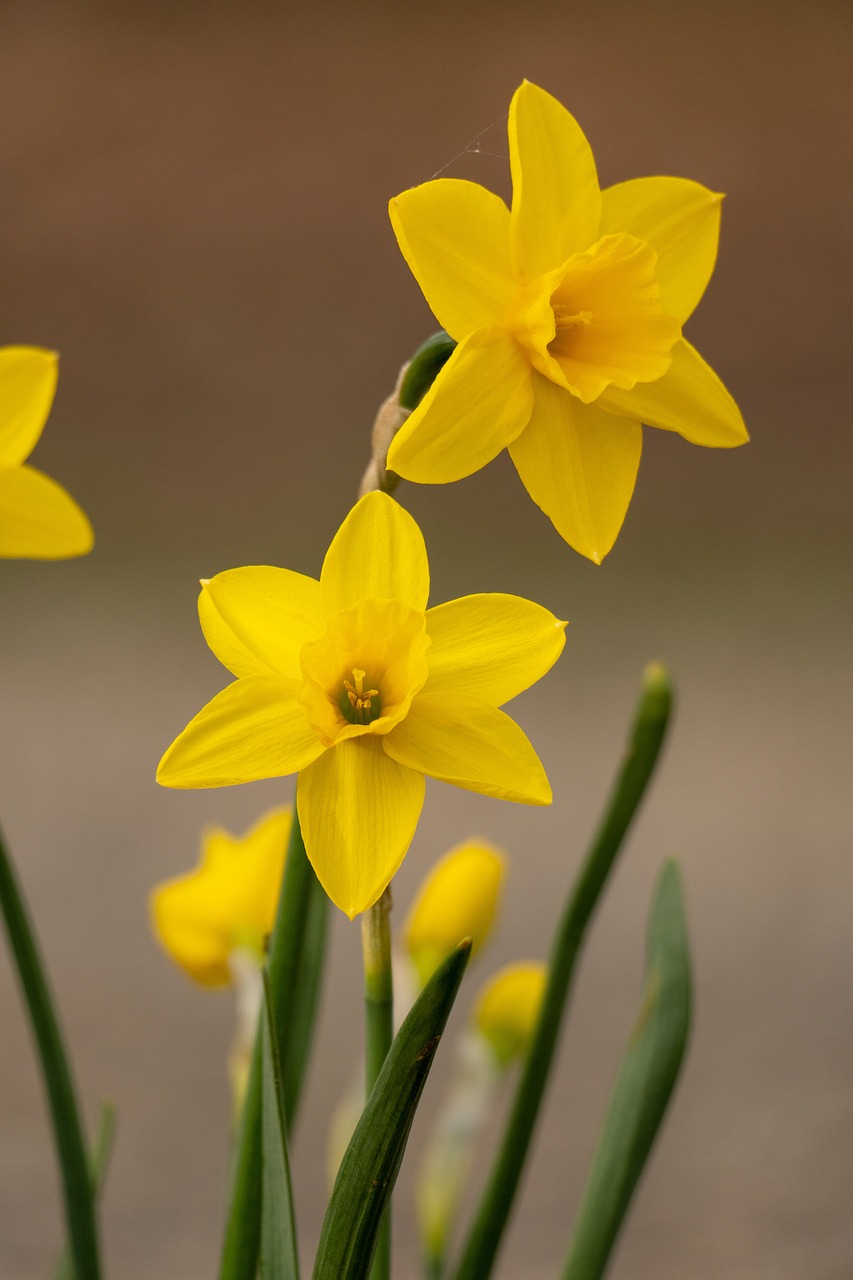
Why They’re Special: Daffodils are among the first flowers to bloom in spring, often pushing through the last remnants of winter. Their bright yellow and white flowers symbolize renewal and optimism.
Planting Tips: Plant daffodil bulbs 6 inches deep in well-drained soil. They’re quite hardy and can handle some shade, making them versatile for various garden spots.
3. Hyacinths

Why They’re Special: Known for their intense fragrance and dense flower clusters, hyacinths can fill your garden with a sweet aroma. Their vibrant colors range from deep blues to soft pinks.
Planting Tips: Plant hyacinth bulbs 4-6 inches deep in a sunny or partially shaded spot. They thrive in well-drained soil and will reward you with their beautiful scent.
4. Crocuses
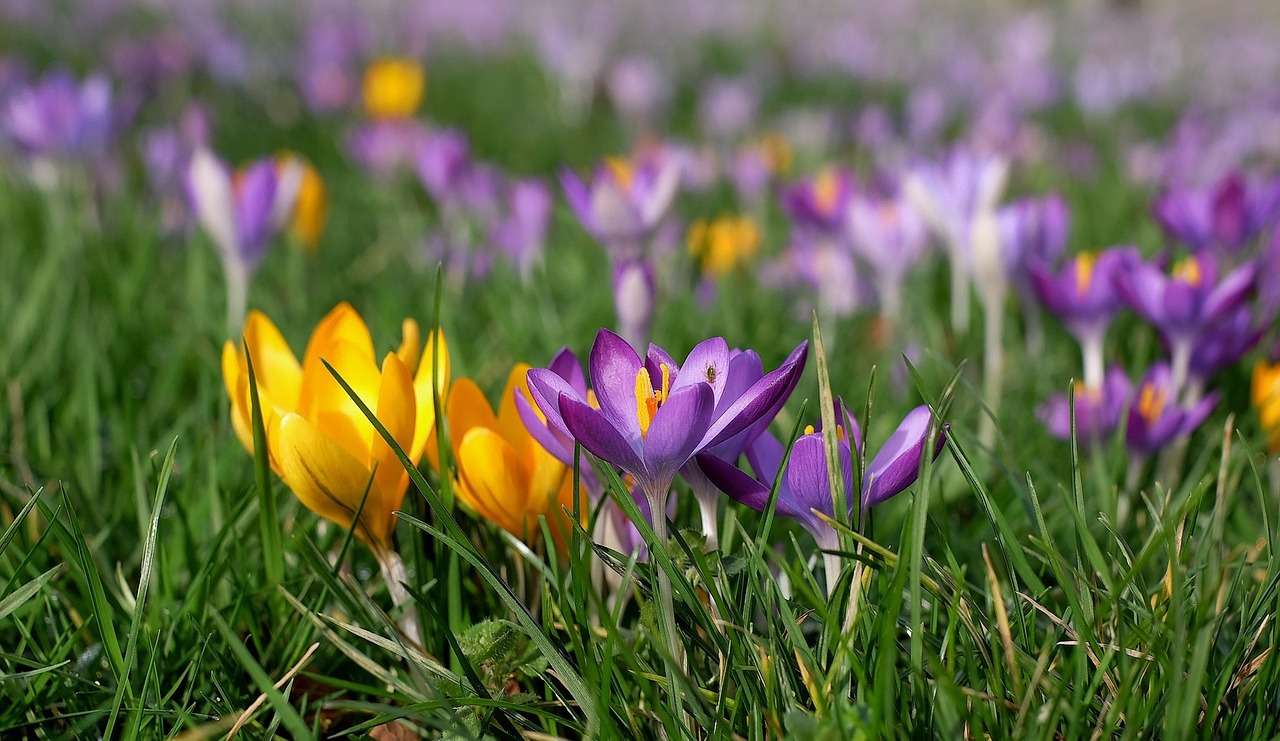
Why They’re Special: Crocuses are small but mighty, often emerging through the snow and marking the true beginning of spring. They’re perfect for adding a splash of color to early spring landscapes.
Planting Tips: Plant crocus bulbs 3-4 inches deep in a sunny or partially shaded area. They work well in garden beds or naturalized in lawns.
5. Alliums

Why They’re Special: With their large, globe-like clusters of flowers, alliums add a dramatic touch to any garden. They come in various sizes and shades, from purple to white.
Planting Tips: Plant allium bulbs 6-8 inches deep in well-drained soil. They prefer full sun and have a striking presence when grouped together.
6. Fritillarias
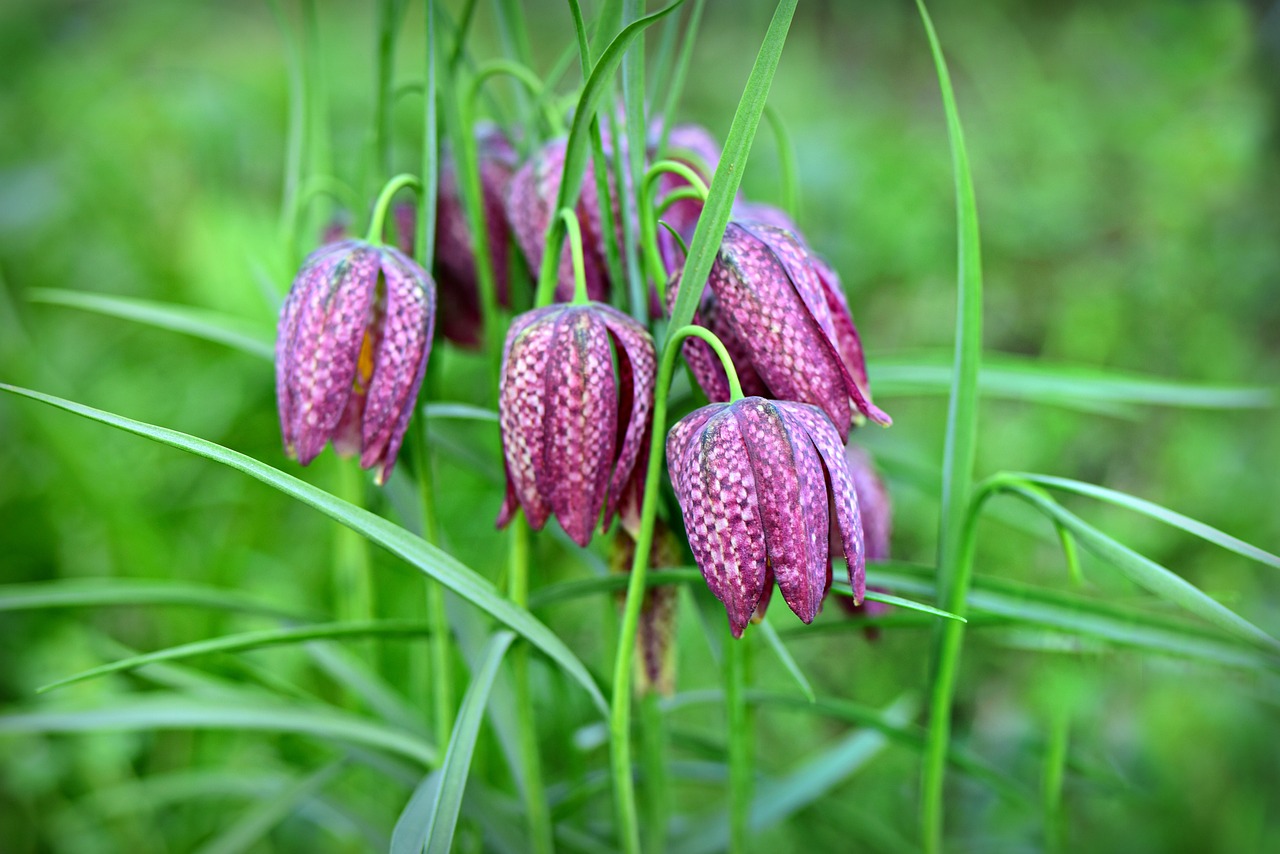
Why They’re Special: Fritillarias have a unique bell-shaped flower with a checkerboard pattern, adding an exotic touch to your garden. They come in hues of red, yellow, and orange.
Planting Tips: Plant fritillaria bulbs 4-6 inches deep in well-drained soil. They prefer a sunny spot but can tolerate partial shade.
7. Snowdrops

Why They’re Special: Snowdrops are one of the earliest bloomers, often appearing in late winter or early spring. Their delicate white flowers are a gentle harbinger of spring.
Planting Tips: Plant snowdrop bulbs 2-4 inches deep in a partially shaded or woodland area. They’re great for naturalizing under trees.
8. Anemones
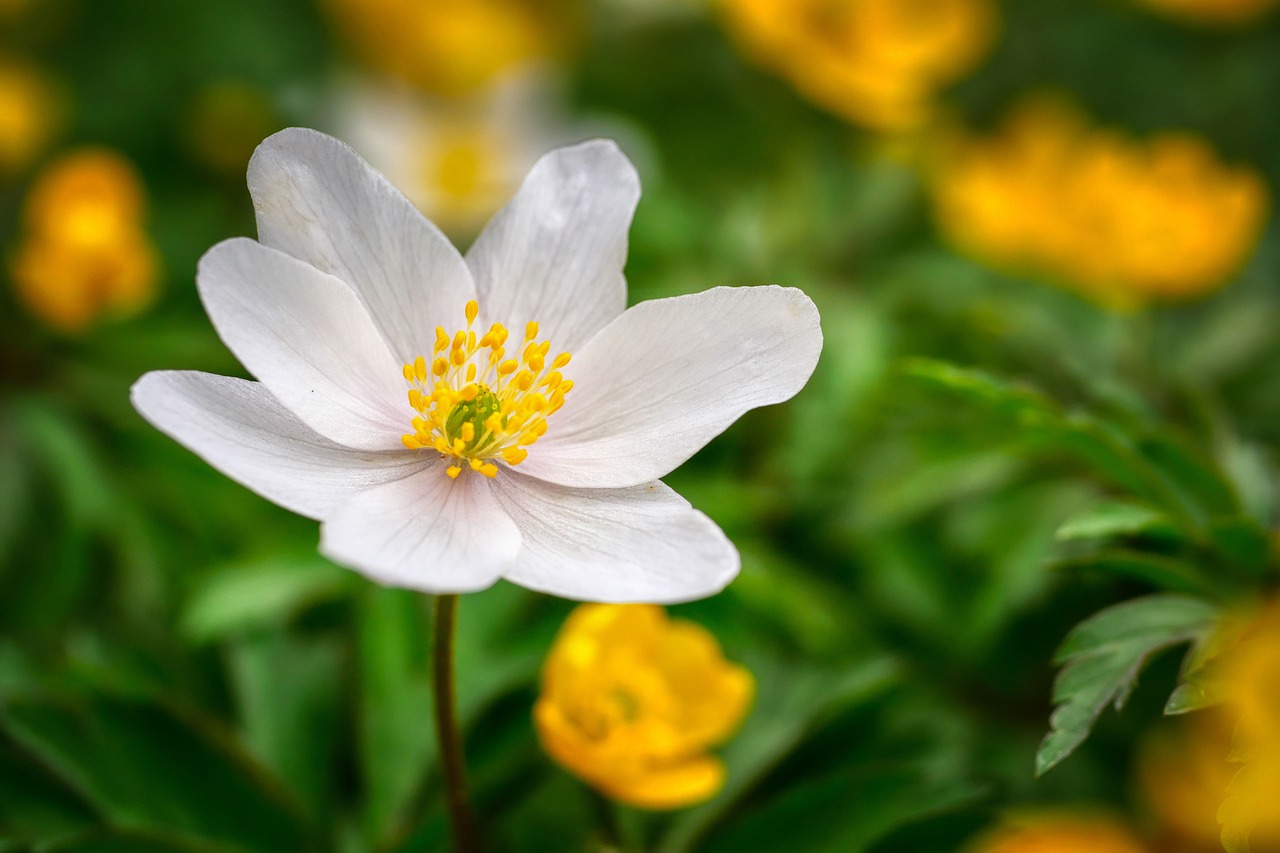
Why They’re Special: Anemones are known for their daisy-like flowers in vibrant colors like red, white, and blue. They provide a cheerful contrast to other spring blooms.
Planting Tips: Plant anemone bulbs 2-4 inches deep in well-drained soil. They prefer partial shade and benefit from a mulch layer to protect them over winter.
9. Muscari (Grape Hyacinths)
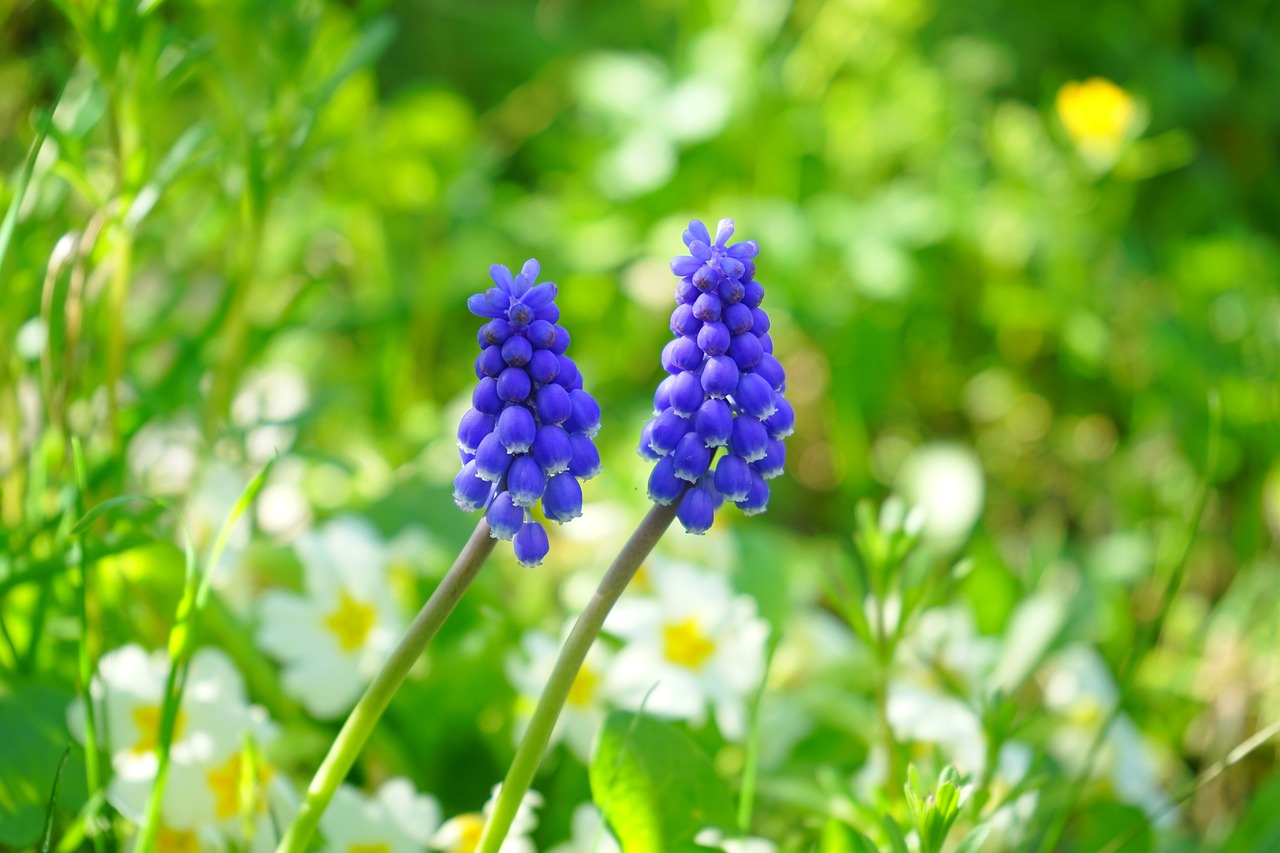
Why They’re Special: Muscari bulbs produce small, grape-like clusters of blue flowers that create a stunning visual effect. They’re excellent for creating borders or filling in gaps.
Planting Tips: Plant muscari bulbs 2-4 inches deep in a sunny to partially shaded location. They thrive in well-drained soil and are perfect for mass plantings.
10. Ranunculus

Why They’re Special: Ranunculus bulbs, also known as Persian buttercups, offer large, multi-layered flowers in vibrant shades of pink, red, yellow, and white.
Planting Tips: Plant ranunculus bulbs 1-2 inches deep in a sunny location. They prefer well-drained soil and benefit from a pre-soak in water before planting.
11. Iris Reticulata
Why They’re Special: These dwarf irises produce stunning, intricate flowers that are perfect for small garden spaces or containers. Their vibrant colors include deep blues and purples.
Planting Tips: Plant iris reticulata bulbs 3-4 inches deep in well-drained soil. They prefer full sun to partial shade and are ideal for rock gardens.
12. Lily of the Valley
Why They’re Special: Lily of the Valley produces delicate, fragrant white flowers that dangle from arching stems. They are perfect for adding a sweet scent to shady areas.
Planting Tips: Plant lily of the valley bulbs 2-4 inches deep in a shaded area with moist, well-drained soil. They will spread over time, creating a lovely ground cover.
13. Ornamental Onions
Why They’re Special: These are not your everyday onions! Ornamental onions feature striking spherical flower heads that can reach impressive heights, adding architectural interest to your garden.
Planting Tips: Plant ornamental onion bulbs 6-8 inches deep in well-drained soil. They thrive in full sun and are excellent for creating focal points in garden beds.
14. Dutch Iris
Why They’re Special: Dutch irises have elegant, sword-like leaves and intricate flowers with a range of colors, including blues, purples, and yellows. They add a touch of sophistication to any garden.
Planting Tips: Plant Dutch iris bulbs 6 inches deep in a sunny location. They prefer well-drained soil and benefit from a bit of winter chill.
15. Camassias
Why They’re Special: Camassias, or quamash, produce tall spikes of star-shaped flowers in blues and purples. They’re perfect for adding height and drama to garden borders.
Planting Tips: Plant camassia bulbs 4-6 inches deep in a sunny to partially shaded location. They thrive in well-drained soil and make a stunning addition to any spring garden.
